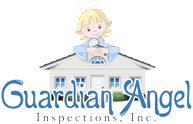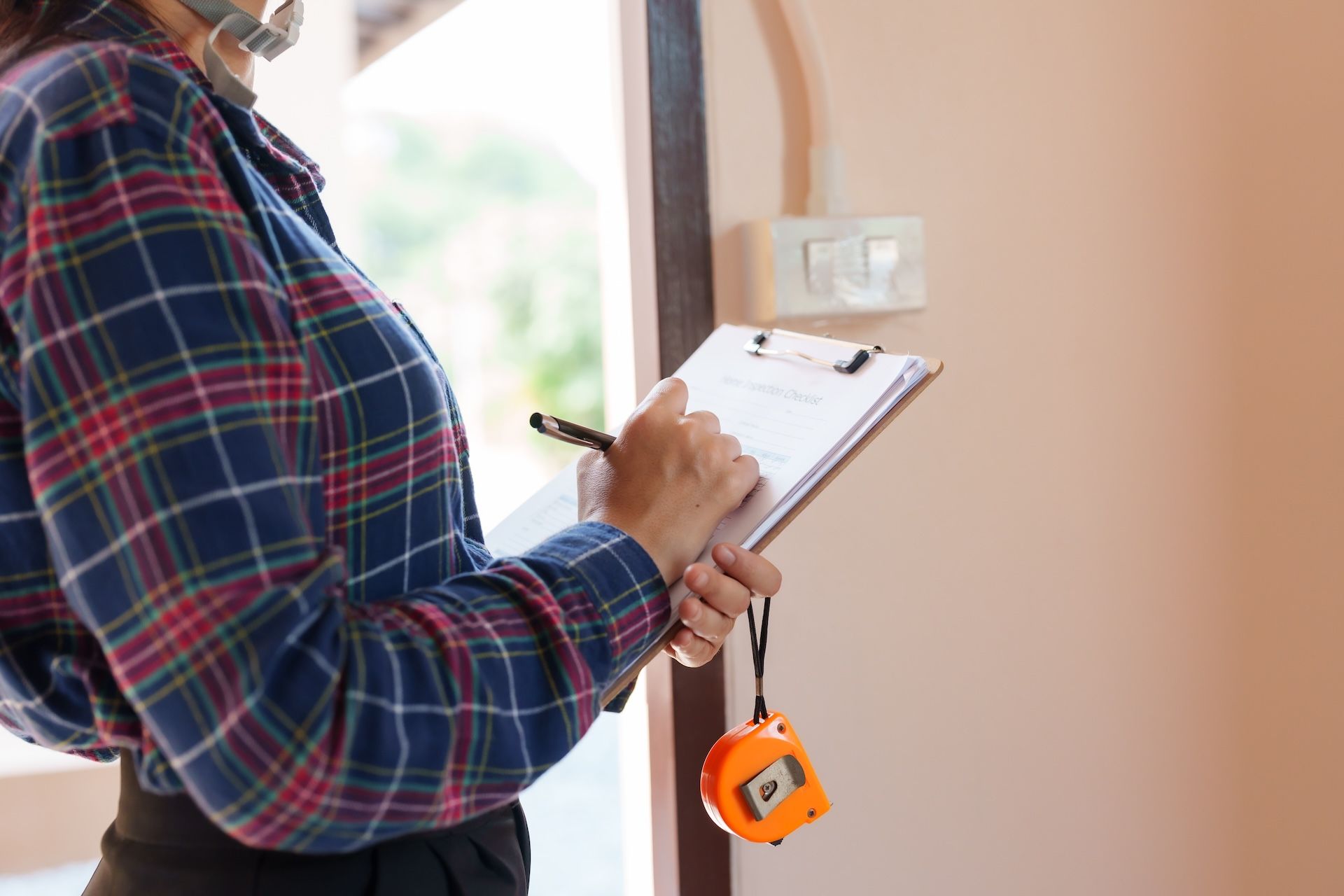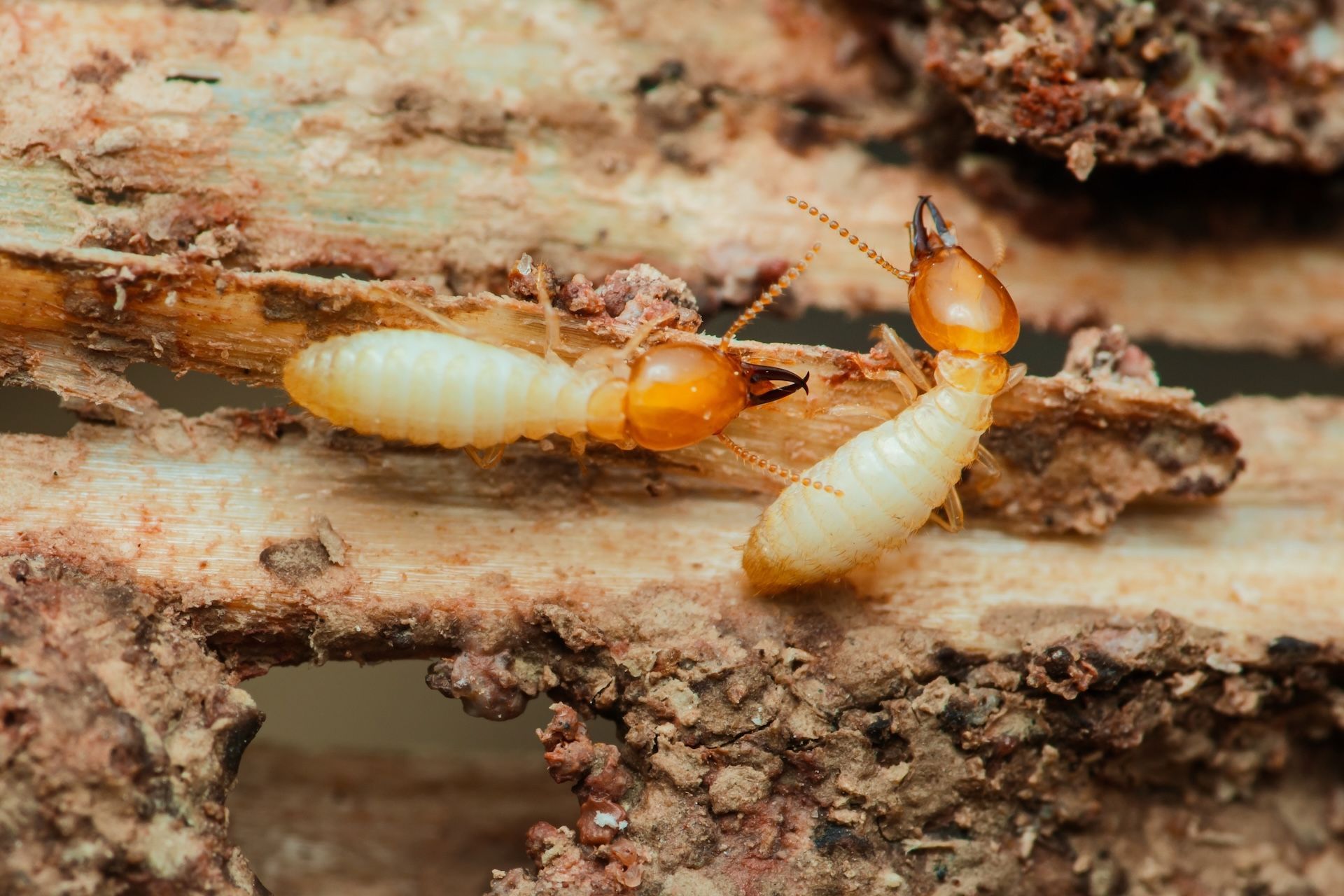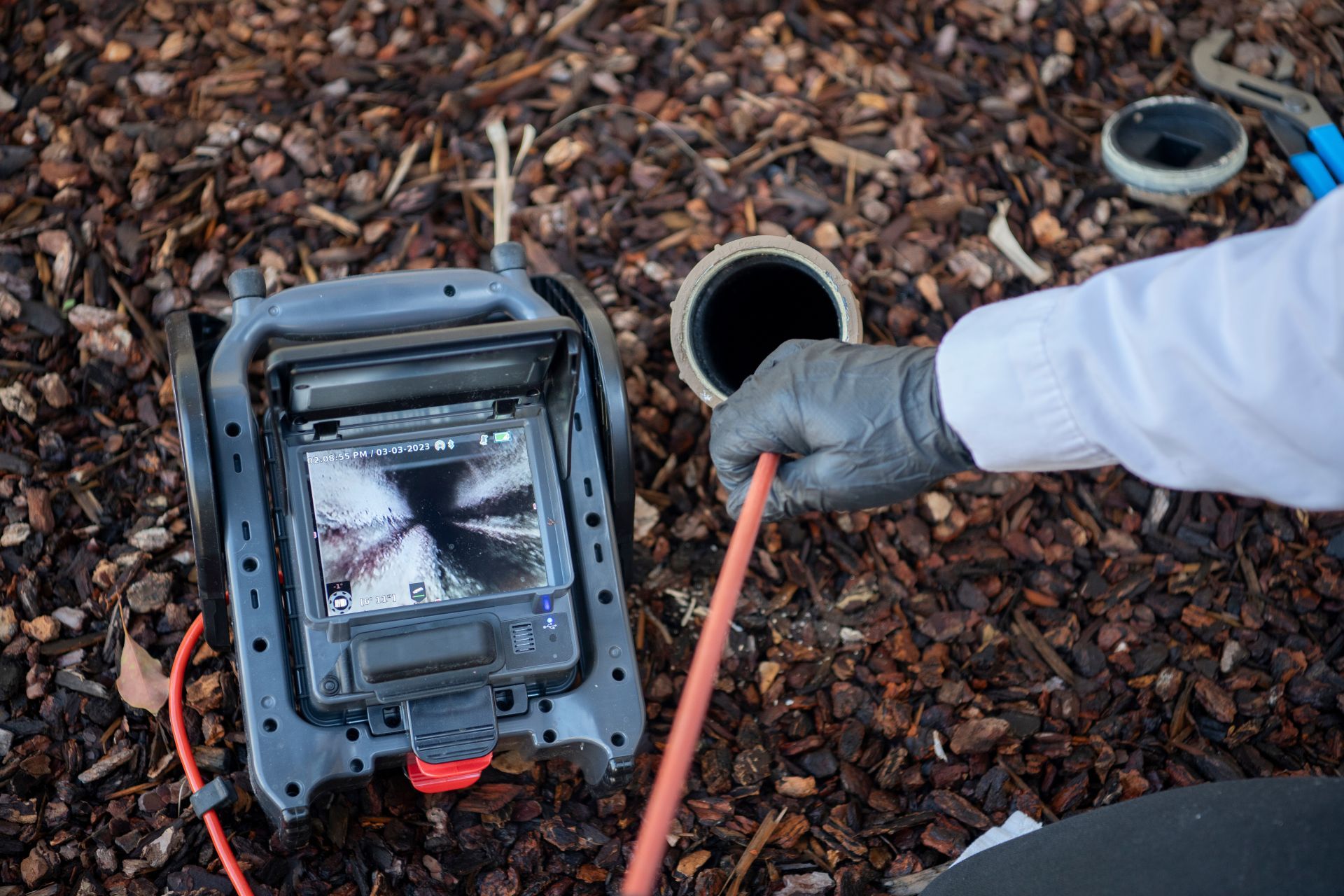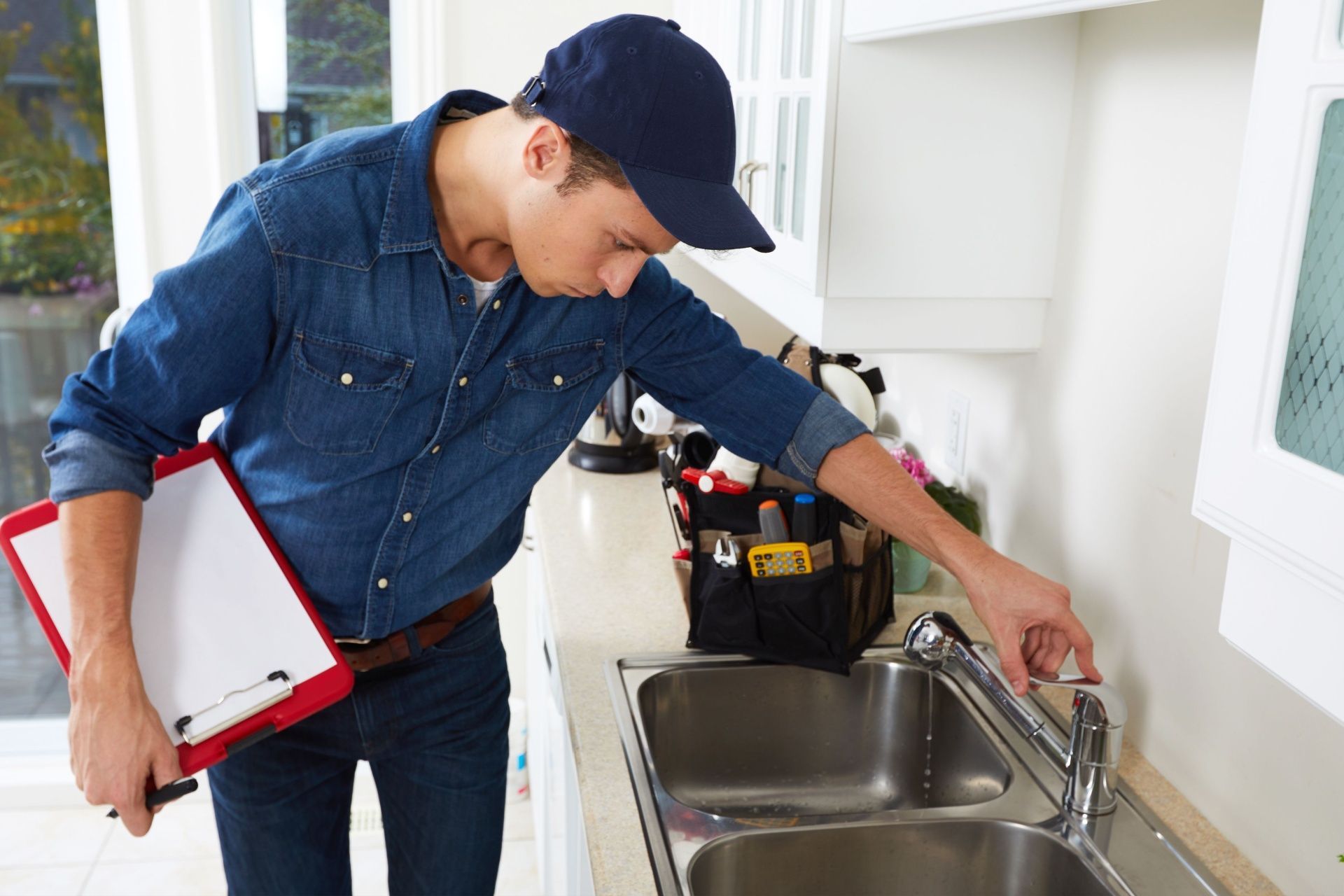The Difference Between Mold Removal and Mold Remediation
When people hear the word “mold,” they often get worried—and for good reason. Mold can be dangerous to your health and damaging to your home. That’s why it’s important to understand how to get rid of it the right way. Many people think “mold removal” and “mold remediation” are the same thing. But they’re not! These two terms mean different things, and knowing the difference can help you choose the right service for your home.
In this blog, we’ll explain what mold is, why it’s a problem, and break down the difference between mold removal and mold remediation in a simple way.
What Is Mold?
Mold is a type of fungus that grows in damp, dark places. It spreads quickly and can be found almost anywhere—on walls, ceilings, floors, and even furniture. Mold loves places with moisture, like bathrooms, basements, and kitchens. If your home has had a leak or flooding, it may be at risk for mold.
Mold can cause a musty smell and damage the surface it grows on. More importantly, it can also affect your health. People who are sensitive to mold might suffer from coughing, sneezing, itchy eyes, or even asthma attacks.
Why You Should Act Fast
If you think you have mold in your home, it’s important to act fast. Mold can grow in as little as 24 to 48 hours in the right conditions. The longer it stays, the more it spreads and the harder it becomes to remove.
But before you call for help, it’s good to know the difference between mold removal and mold remediation, so you understand what kind of service your home needs.
What Is Mold Removal?
Mold removal sounds simple—it means getting rid of mold. But here’s the thing: mold is everywhere. It exists in the air and on surfaces in small amounts. It’s impossible to completely remove all mold from a home. What mold removal really means is physically cleaning and removing visible mold from surfaces.
This process can involve:
- Scrubbing mold off walls, floors, and furniture
- Using cleaning products like bleach or mold-killing sprays
- Throwing away materials that are badly damaged, like carpet or drywall
Mold removal focuses on cleaning up what you can see. While this may look like a quick fix, it doesn’t always address the cause of the mold or the tiny mold spores still floating in the air.
What Is Mold Remediation?
Mold remediation is a more complete process. It not only includes removing visible mold but also finding out why the mold is there and fixing the root cause. This may include fixing leaks, reducing moisture, and improving air flow.
Mold remediation often involves:
- Inspection and testing: Professionals inspect your home to find where the mold is and how bad it is.
- Containment: They seal off the moldy area so it doesn’t spread.
- Air filtration: Special machines remove mold spores from the air.
- Mold cleanup: They remove mold from surfaces and throw away contaminated materials.
- Moisture control: They fix leaks or install dehumidifiers to stop future mold growth.
Mold remediation is about making your home safe, healthy, and mold-free in the long run—not just cleaning up what’s visible.
Mold Removal vs. Mold Remediation: Side-by-Side
| Feature | Mold Removal | Mold Remediation |
|---|---|---|
| Goal | Remove visible mold | Remove mold and fix the cause |
| Process | Clean mold from surfaces | Clean, contain, filter air, and prevent future growth |
| Long-Term Solution? | No | Yes |
| Airborne Mold Spores | Not addressed | Addressed with air filters |
| Cost | Lower upfront cost | Higher upfront, but better long-term results |
| Best For | Small mold problems | Larger or recurring mold issues |
Which One Do You Need?
Now that you understand the difference, how do you know which service you need?
- If the mold is small and easy to clean, like a little patch in your shower, mold removal may be enough.
- If the mold keeps coming back, covers a large area, or smells musty, mold remediation is the better choice.
It’s also a good idea to hire a professional mold inspector to check your home. They can tell you how serious the mold problem is and what steps to take next.
Why DIY Mold Removal Isn’t Always Safe
Many homeowners try to clean up mold on their own. While this might work for small spots, it can be risky for larger or hidden mold problems. Here’s why:
- You may miss mold growing behind walls or under floors.
- You might not have the right tools to stop mold from spreading.
- Breathing in mold spores can make you sick if you don’t wear proper gear.
- Without fixing the cause (like a leak), the mold will likely return.
That’s why professional help is often the safest and smartest option—especially if the mold covers more than 10 square feet or you have health concerns.
How Professionals Help
When you hire a professional mold remediation company like Guardian Angel Inspections, you’re getting more than just a cleaning service. You’re getting experts who:
- Find the source of the mold
- Use safe, effective tools to remove it
- Make sure your air is clean
- Help you prevent mold from coming back
Professionals follow industry standards to make sure your home is safe for your family.
Preventing Mold in the Future
The best way to handle mold is to stop it before it starts. Here are a few tips to help keep your home mold-free:
- Fix leaks quickly – Don’t let water sit on surfaces.
- Use exhaust fans – In kitchens and bathrooms to remove moisture.
- Keep humidity low
– Use a dehumidifier if needed.
- Clean and dry spills – Especially on carpets or furniture.
- Check your home regularly – Especially in basements, attics, and under sinks.
Keeping your home dry and well-ventilated is key to stopping mold from growing.
Final Thoughts
Mold can be a serious problem, but it doesn’t have to take over your home. Understanding the difference between mold removal and mold remediation helps you make better decisions. Mold removal is great for small, simple cleanups. But for bigger issues, mold remediation offers a complete solution that tackles the root cause and keeps your home safe.
At Guardian Angel Inspections, we’re here to help you breathe easier and live healthier. Call us today to schedule a professional mold inspection and take the first step toward a mold-free home!
Disclaimer: The information on this website and blog is for general informational purposes only and is not professional advice. We make no guarantees of accuracy or completeness. We disclaim all liability for errors, omissions, or reliance on this content. Always consult a qualified professional for specific guidance.
Share this entry
